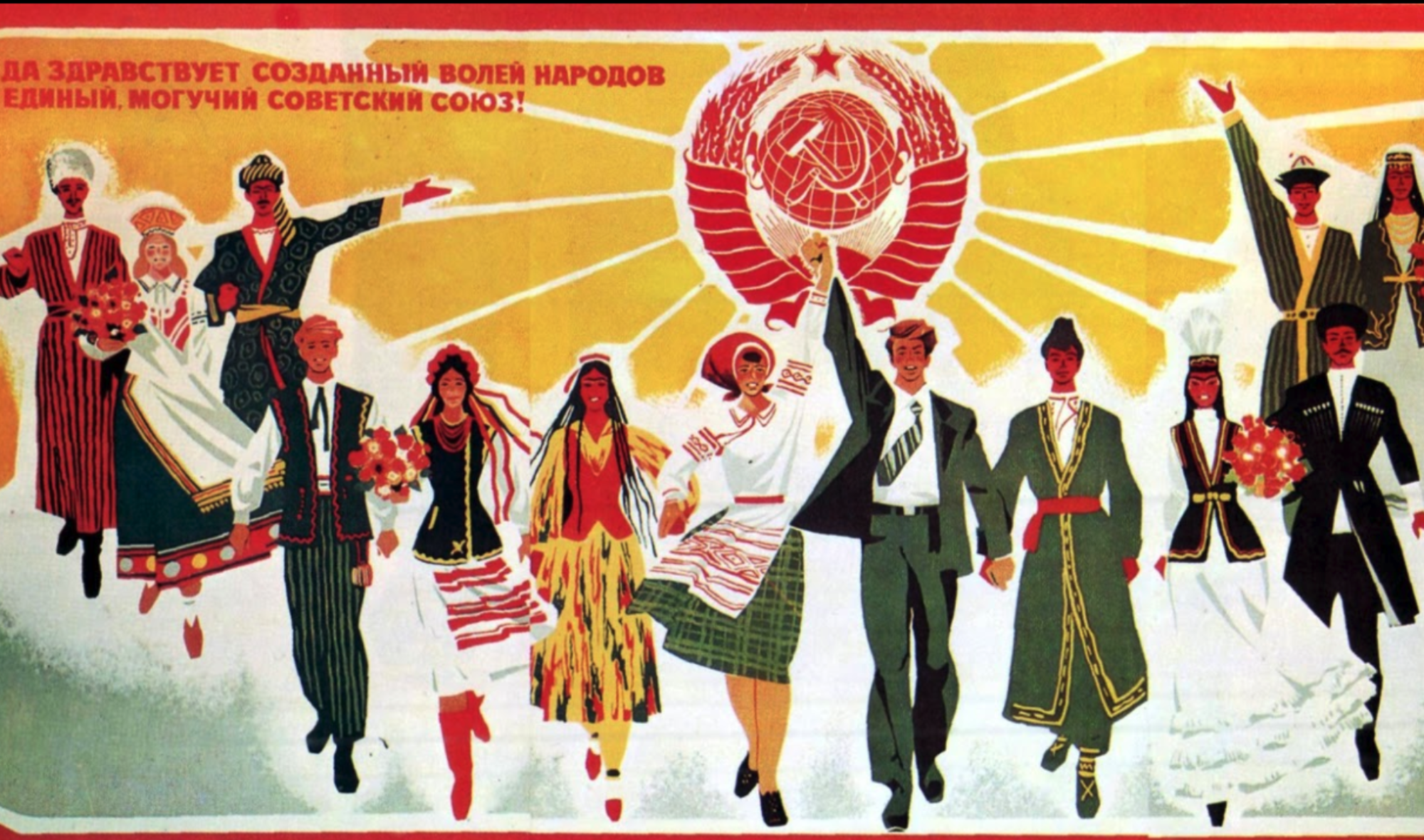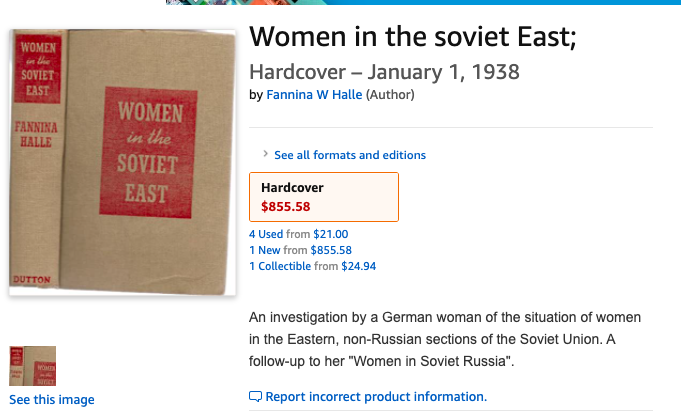The necessity of cultural reform in Central Asia by Soviet policy was apparent to administrators was obvious even as the first entered the region. The key point of the cultural conflict between the indigenous groups and Soviet officials was in the policy of Hujum. Hujum much like other policies was ripe with Soviet bureaucratic failures and ineffective failures which came to a head in the Chust affair. The affair demonstrated that the lack of Soviet executive control and meant that officials could not apply policy effectively enough for the policy to succeed. This lead to a failure of the policy overall despite official reports speaking of the absolute success of the program. For Jahon Obidova however Hujum worked to produce the exact the result Soviets hoped for. An ardent Communist that held party ideas above those that her culture gave her. “You said according to sharia exploitation was forbidden, and all Muslims should live in conditions of equality. So then why do you yourself own about 70 percent of the land?” pg 312. She used the communist infrastructure to advance far beyond the situation she found herself in. She then used her platform to promote women’s rights in the region.
While Soviet application of the Hujum was inadequate and ended with many woman who deveiled, reveiling. There is still the more important question of if this program was properly reported on and administered effectively, whether this policy would have been to the legitimate benefit of the majority of women in the region? The question of forced unveiling is a part of the policy, there is also equality under law which was a part of the program. Is forced legal reform as much a violation of Islamic culture as forced unveiling? Is forced unveiling a legitimate way to promote women’s rights? Does Jahon stand as an example of what a woman should do to advance herself and other women or did she betray her people to get ahead? Can her situation be attributed to other woman at that time?


